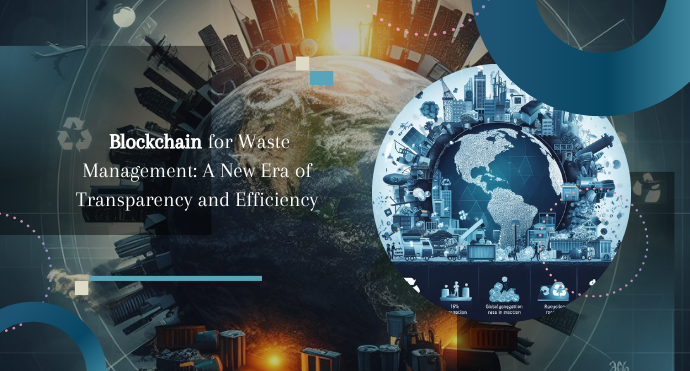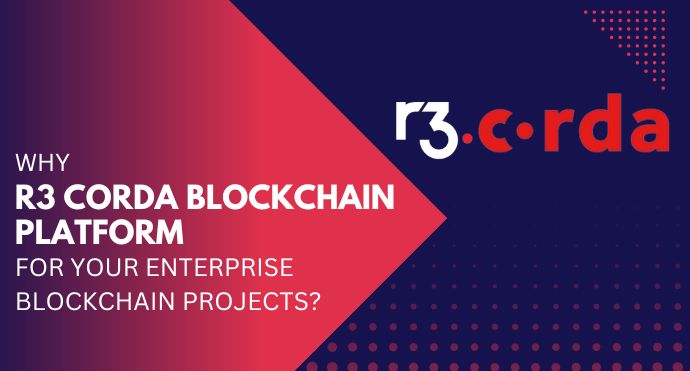The waste management industry is facing a number of challenges, including rising costs, environmental concerns, and increasing regulation. Blockchain technology has the potential to address many of these challenges and revolutionize the way waste is managed.
Blockchain is a distributed ledger technology that is secure, transparent, and tamper-proof. It can be used to track the movement of waste from generation to disposal, ensuring that it is disposed of in a responsible and environmentally friendly manner.
One of the most important trending keywords in the waste management industry is traceability. Blockchain can be used to track the movement of waste throughout the supply chain, from the point of generation to the point of disposal. This can help to ensure that waste is disposed of in a responsible and compliant manner, and it can also help to identify and address any potential environmental hazards.
Another important trending keyword in the waste management industry is transparency. Blockchain can be used to create a transparent record of waste management activities. This can help to build trust with stakeholders and the public, and it can also help to identify and address any potential corruption or fraud.
Blockchain can also be used to improve the efficiency of waste management operations. For example, blockchain can be used to automate the payment process for waste collection and disposal services. This can help to reduce costs and improve the efficiency of the waste management system.
Here are some specific examples of how blockchain is being used in the waste management industry today:
Waste traceability: In the United States, the company IBM is working with the city of Houston to develop a blockchain-based system for tracking the movement of waste. The system will use blockchain to track the movement of waste from collection trucks to processing facilities to landfills.
Transparency: In the United Kingdom, the company VeChain is working with the company Brightstar to develop a blockchain-based system for tracking the movement of electronic waste. The system will use blockchain to track the movement of electronic waste from collection centers to recycling facilities.
Efficiency: In Australia, the company Circulor is working with the company Nestlé to develop a blockchain-based system for tracking the movement of aluminium cans. The system will use blockchain to automate the payment process for the collection and recycling of aluminium cans.
These are just a few examples of how blockchain is being used to revolutionize the waste management industry. As blockchain technology continues to develop, we can expect to see even more innovative and effective ways to use blockchain to manage waste.
Here are some current data and real-life blockchain examples from the waste management industry:
Current data:
- The global waste management market is expected to reach $4.3 trillion by 2028. (Source: Mordor Intelligence)
- The global waste generation rate is expected to reach 2.5 billion tons by 2025. (Source: World Bank)
- Only 16% of global waste is recycled, while the rest is disposed of in landfills or incinerators. (Source: World Bank)
Real-life blockchain examples:
- IBM and the city of Houston: IBM is working with the city of Houston to develop a blockchain-based system for tracking the movement of waste. The system will use blockchain to track the movement of waste from collection trucks to processing facilities to landfills.
- VeChain and Brightstar: VeChain is working with the company Brightstar to develop a blockchain-based system for tracking the movement of electronic waste. The system will use blockchain to track the movement of electronic waste from collection centers to recycling facilities.
- Circulor and Nestlé: Circulor is working with the company Nestlé to develop a blockchain-based system for tracking the movement of aluminum cans. The system will use blockchain to automate the payment process for the collection and recycling of aluminum cans.
- Plastic Bank: Plastic Bank is a social enterprise that uses blockchain to incentivize people to collect plastic waste. Collectors can exchange their plastic waste for digital tokens, which can then be redeemed for goods and services.
These are just a few examples of how blockchain is being used to address the challenges facing the waste management industry. As blockchain technology continues to develop, we can expect to see even more innovative and effective ways to use blockchain to manage waste.
In addition to the above, here is another real-life blockchain example from the waste management industry:
City of Dunfermline, Scotland: The city of Dunfermline in Scotland is using blockchain to track the movement of its waste stream. The system uses blockchain to track the movement of waste from collection trucks to processing facilities to landfills. This has helped the city to reduce its waste costs and improve its waste management efficiency.



